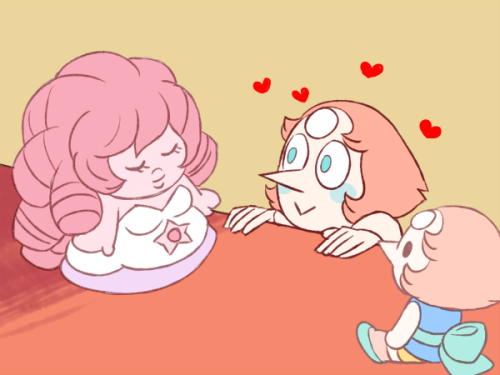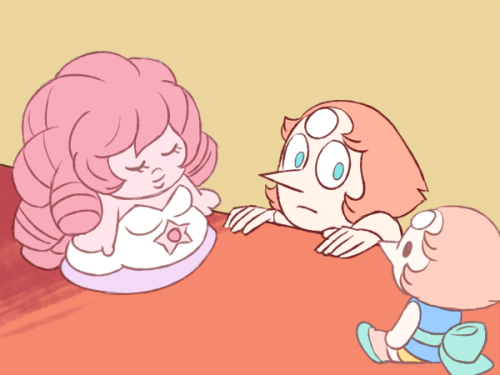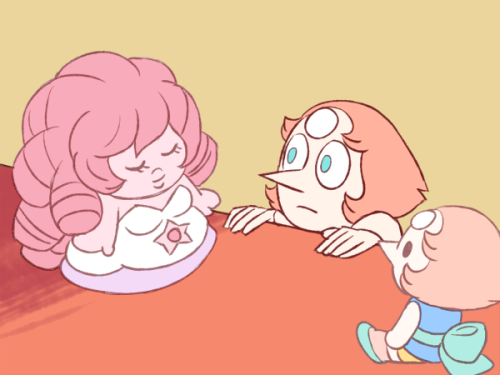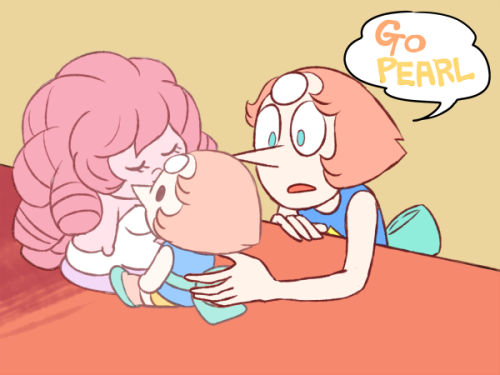~2021 UNDERTALE/deltarune



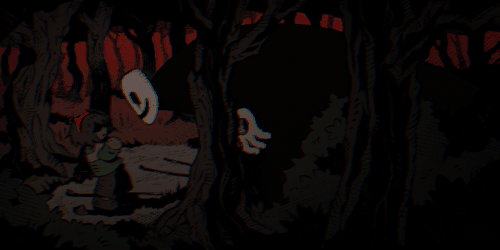
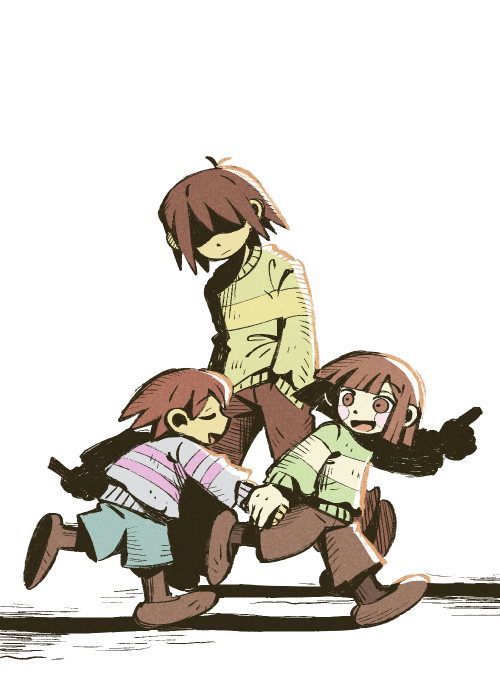








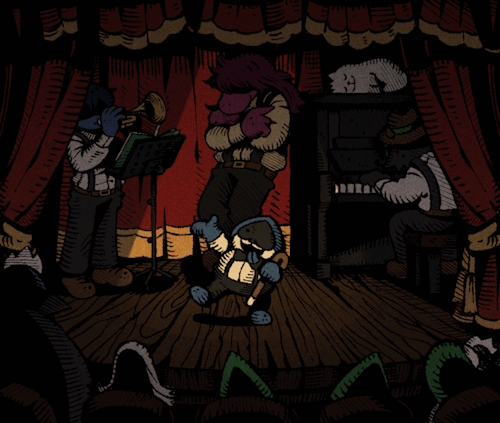


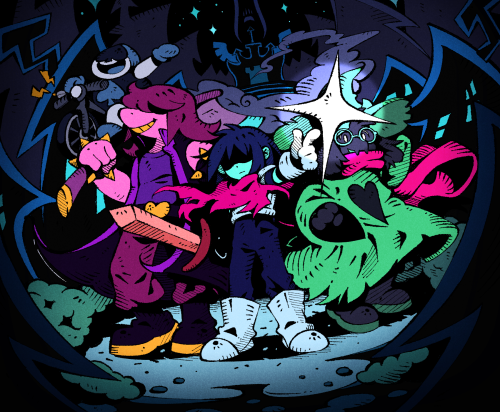








~2021 UNDERTALE/deltarune
More Posts from Dubiasdead and Others

#Blackout for Minneapolis. For Louisville. For Toronto. For Brooklyn. #Blackout for Us All.
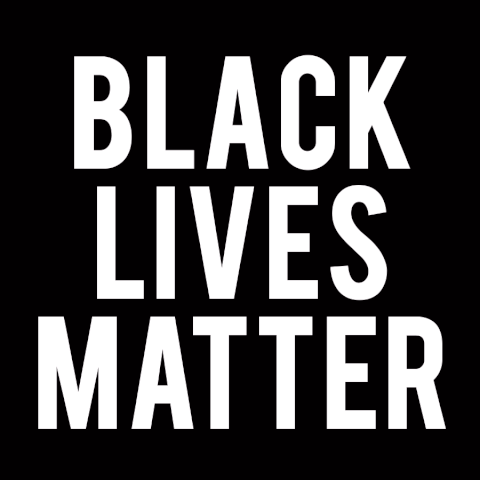
To the #Blackout Community and Tumblr at large,
We know you must have a lot of questions or are feeling distressed about the news. The world has been dealing with a lot this year, and it is an especially harrowing time for Black Americans and Black folks abroad. We know your biggest question right now could be summed up by a quote from Toni Morrison:
“What can I do where I am?”
Here at #TheBlackout, we have decided to help you start finding an answer to that question - we feel that we need each other. We need unity, organization, a clear sense of direction, but more importantly, a space where you can be yourself without judgement or fear.
So, in addition to boosting your art and businesses, our highest priority right now is to provide you all with resources to help you start from where you are.
This is a masterpost of places you can donate, find mental health + spaces for radical self-care, and just do something fun. We will be adding on as things change.
Donate/Boost/Sign:
Minneapolis Freedom Bail Fund & Louisville Community Bail Fund
Reclaim the Block
Black Visions Collective
The Official GoFundMe of George Floyd’s Family
Official Petition for Breonna Taylor
Justice for Regis Official Fund
Tony McDade’s Memorial Fund
Black Lives Matter Network
Mental Health Resources:
Ethel’s Club - Black-owned and operated social club offering access to Black therapists and a multitude of creative events for People of Color.
Crisis Text Line - A different approach to crisis intervention, Crisis Text Line offers you help when you text 741-741. You’ll be able to chat with someone who is willing to listen and provide you with additional resources.
Shine Text. – Black-owned! Sign up to receive cheerful texts and tips every day.
Therapy For Black Girls - A Black-owned a directory to help you find Black therapists in your area.
Tips for Organizing/Protesting:
Knowing your rights - ACLU
How To Prepare for a Protest. (Remember to wear a mask in or to protect yourself!)
A Twitter thread of suggested readings
Fun Online Communities and Things to Do:
Some of our favorite online communities.
Nerd Culture: @blacknerdproblems, @superheroesincolor
Poetry and Literary Spaces: Cave Canem Literary Balms program for Black poets, Nuyorician Online Open Mic Events, Well-Read Black Girl
Podcasts: Therapy For Black Girls, Strong Black Legends by Netflix’s Strong Black Lead, The Read with Crissle and Kid Fury.
Hobbies: #BlackBirdersWeek by BlackAFinSTEM (5/31 - 6/8), Wellness Week by Black Girl Gamers.
Join us for the 5/31 Emergency #Blackout/#BlackoutDay here on Tumblr and Twitter.

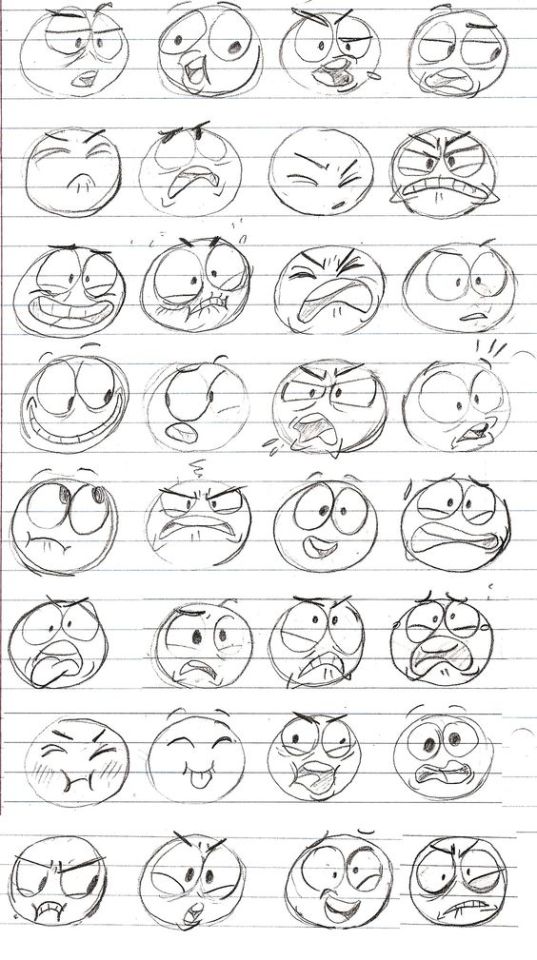
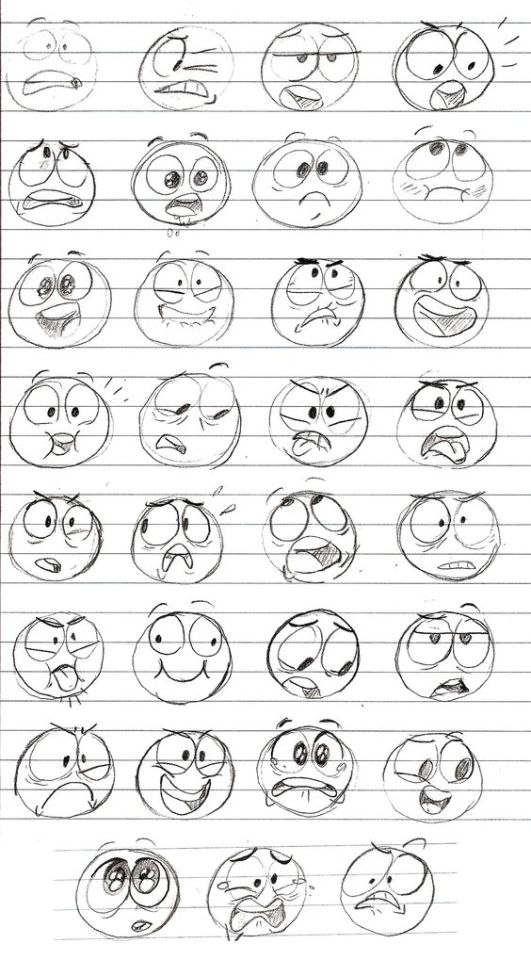
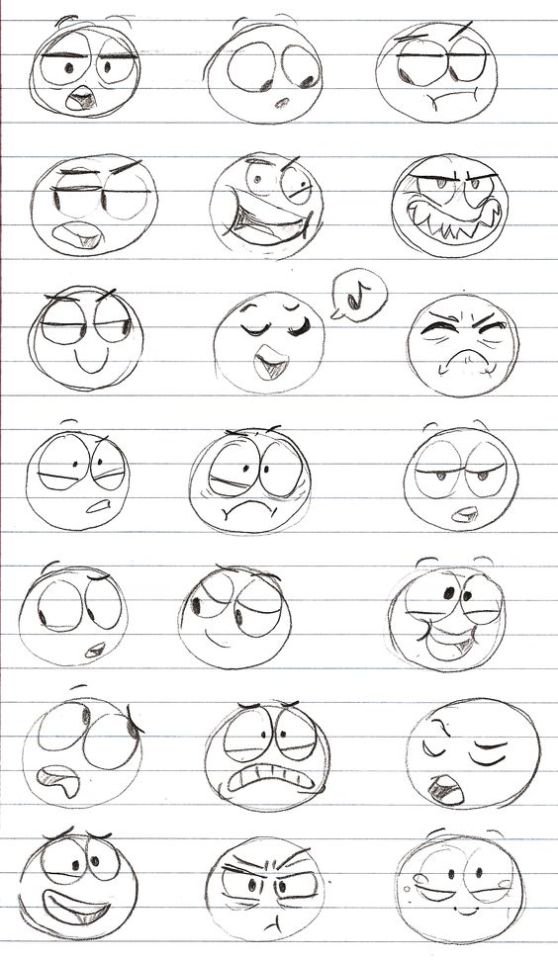
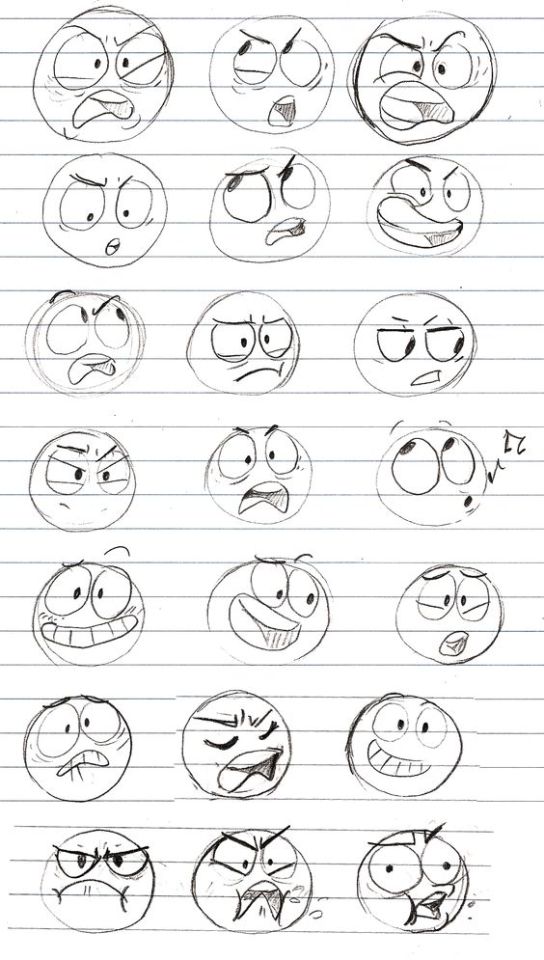



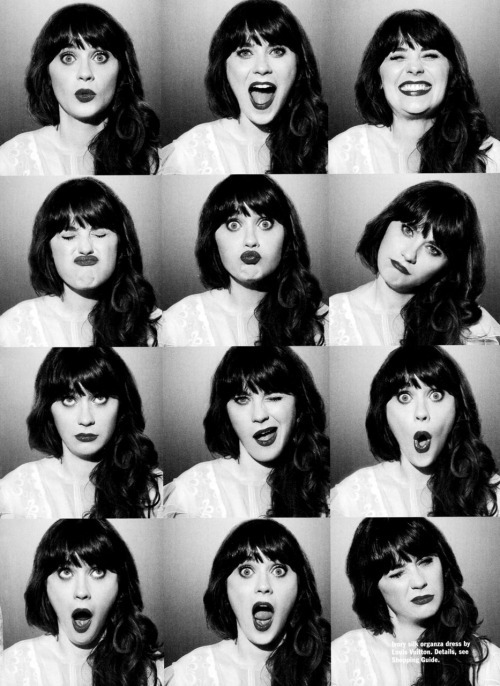

Facial Expressions Top Image Row 2 & 3 Row 4 Row 5: Left, Middle, Right Bottom Image (Source Unknown)
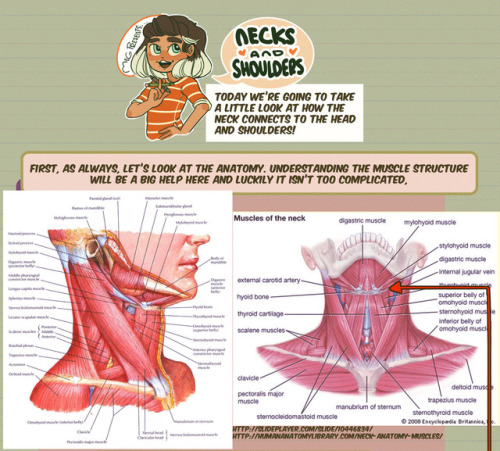
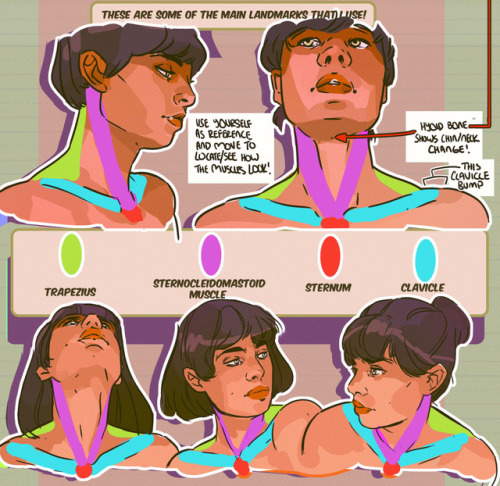
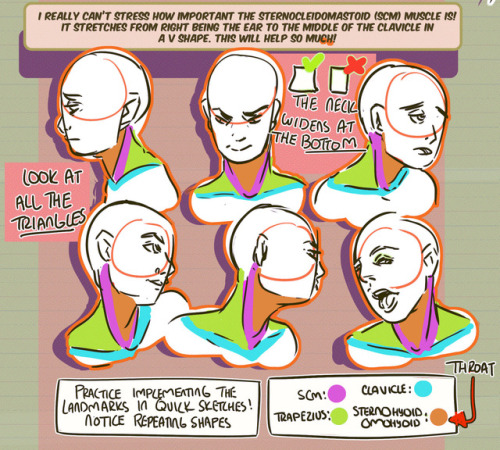
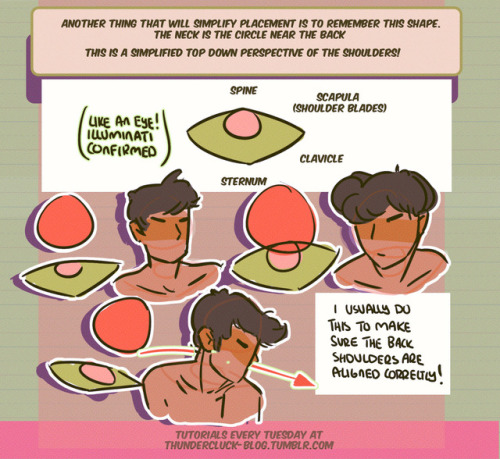
Hey friends! Meg here for TUTOR TUESDAY! Today we take a look at the neck and how it connects to the head and shoulders! Thanks for your patience! If you have any tutorial recs send ‘em in here or my personal. Now go forth and I’ll see you next week!










Masters of Anatomy
rb if you’re not afraid to have a picture of God in your timeline

Some Comic Tips
Do character reference sheets. They will save you!!! So much time!!! From correcting stupid, random outfit/hair changes.
Add backgrounds. It’ll bring readers into the scene and add depth to your story’s world. Plus it’s good perspective practice!!!
Always factor in speech bubbles. They are part of the composition, they help the comic flow, so make sure you plan them into your pages early on.
Make characters look toward the next panel. That’s literally the easiest way to make your page flow. Readers will follow the character’s eyes.
Big panels are for the important things. Readers naturally focus on them for longer, so fill them with intricate details and important information. Like a dramatic reveal or smoochin’.
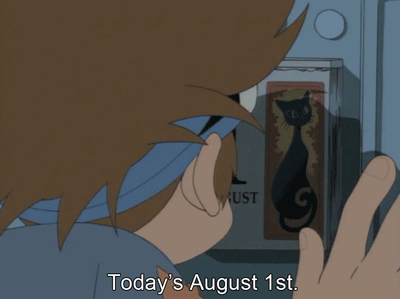
Would you ever do a simple tutorial of how you draw horses? I want to make centaur OCs but lord horses are difficult creatures to doodle 😭
Mmmm there are so many guides that cover what I do, and I reallydon’t do anything more than those. Still use the whole blocks and sticks andform building and whatnot. And a buttload of references. Anything I could say different would kinda step beyond the stage of simplicity?
To offer something though I would like, suggest tweaking the use of circles whenit comes to drawing horses. Or anything, really. Circles are great and highly accessible for fast, generaldrawing, but few natural things are perfectly round. Look at a horse from thefront or back - it’s square and flat and meaty and saggy too, depending on yourangle.
So like, I dunno, if you wanna step it up a notch, trychanging your use of building-circles into something like this

And especially practice being able to see these shapes indimension



And then piece them together. The triangle will really help guide the line up. Highly recommend.

Honestly I just follow the same gist of Hubedihubbe’s quicktut (please check it out, very good points made, much cleaner, actually labelled) so I kind of feel like I’m parroting here but.. I break down the rest inlines and diamonds.

As a personal preference, I like marking in the shoulderblade to elbow and the hip to knee, as they create pretty important shapes towardshorse recognition. If something keeps looking off, check your leg length. A super rough way to get a close idea of what you need can be found in using most of the shoulder block for a landmark? It’s not perfect maths, it’s a rough tell. The hind legs are then worked out via the red line, setting the hocks above the intersection across the knees

And uh, it goes on from there. You gotta look at pictures, dothe study, and learn the meats. No real other way around that part.

There’s a horse bod.
But the reason of learning how to see those shapes indimension is so that you can push your poses further! Try piecing it together with your front-view knowledge. Andlook at references, always!

Shoulders are pretty narrow compared to the belly and hindquarters, unless you start looking into the draft breeds - then both ends more or less square up together. But moving on, more leggies are slapped on that thing

And fleshed out with all that meat knowledge :P (I know I haven’t gone into heads but this was about centaurs anyway. This guy just felt like he needed one)

And when it comes to practiceand learning, don’t be afraid to simply drawthese shapes directly over an image. It will help familiarise you with howthese base forms interact with one another, how far they can squash and stretchand look at a whole variety of angles. It’s just practice!

Doing that helps to gain asolid concept of the subject, so that when you do set out on your own you canfind that convincing territory.
So hey, this has been a very long and terrible not-tutorial. More like insight or something, and would only be helpful if you’re somewhat familiar with horses and already got the fundamentals of drawing down pat, since I skipped over a lot.
Haven’t drawn a horse before though? I recommend you the Shrimp method
Anyway, hope all this was kinda interesting
-
 honeysider reblogged this · 2 weeks ago
honeysider reblogged this · 2 weeks ago -
 honeysider reblogged this · 2 weeks ago
honeysider reblogged this · 2 weeks ago -
 namelessenbytime reblogged this · 2 weeks ago
namelessenbytime reblogged this · 2 weeks ago -
 sonny-my-woman reblogged this · 2 weeks ago
sonny-my-woman reblogged this · 2 weeks ago -
 never-wanted-a-name liked this · 2 weeks ago
never-wanted-a-name liked this · 2 weeks ago -
 hiimtryingtounderfell liked this · 2 weeks ago
hiimtryingtounderfell liked this · 2 weeks ago -
 deal-right reblogged this · 2 weeks ago
deal-right reblogged this · 2 weeks ago -
 deal-right liked this · 2 weeks ago
deal-right liked this · 2 weeks ago -
 tinycheesecakedetective liked this · 2 weeks ago
tinycheesecakedetective liked this · 2 weeks ago -
 oswednesday liked this · 2 weeks ago
oswednesday liked this · 2 weeks ago -
 no-gender reblogged this · 2 weeks ago
no-gender reblogged this · 2 weeks ago -
 someguynamedj0n reblogged this · 2 weeks ago
someguynamedj0n reblogged this · 2 weeks ago -
 someguynamedj0n liked this · 2 weeks ago
someguynamedj0n liked this · 2 weeks ago -
 super-dimension-fortress liked this · 2 weeks ago
super-dimension-fortress liked this · 2 weeks ago -
 nonamehorse reblogged this · 2 weeks ago
nonamehorse reblogged this · 2 weeks ago -
 nonamehorse liked this · 2 weeks ago
nonamehorse liked this · 2 weeks ago -
 pyros-random-thoughts reblogged this · 2 weeks ago
pyros-random-thoughts reblogged this · 2 weeks ago -
 pyros-random-thoughts liked this · 2 weeks ago
pyros-random-thoughts liked this · 2 weeks ago -
 artistic-izzy-multifandom reblogged this · 2 weeks ago
artistic-izzy-multifandom reblogged this · 2 weeks ago -
 keeper-not-hero reblogged this · 2 weeks ago
keeper-not-hero reblogged this · 2 weeks ago -
 toelessbastard liked this · 2 weeks ago
toelessbastard liked this · 2 weeks ago -
 smilesforseconds reblogged this · 2 weeks ago
smilesforseconds reblogged this · 2 weeks ago -
 diverseprotein liked this · 2 weeks ago
diverseprotein liked this · 2 weeks ago -
 transitiveunacomplishedfool reblogged this · 2 weeks ago
transitiveunacomplishedfool reblogged this · 2 weeks ago -
 cuckiedarkwolfangel liked this · 2 weeks ago
cuckiedarkwolfangel liked this · 2 weeks ago -
 cute-pluto reblogged this · 2 weeks ago
cute-pluto reblogged this · 2 weeks ago -
 imthatwannabeauthor reblogged this · 2 weeks ago
imthatwannabeauthor reblogged this · 2 weeks ago -
 buhbo liked this · 2 weeks ago
buhbo liked this · 2 weeks ago -
 freeonlinevideos reblogged this · 2 weeks ago
freeonlinevideos reblogged this · 2 weeks ago -
 burnerbabesstuff liked this · 2 weeks ago
burnerbabesstuff liked this · 2 weeks ago -
 socklostinthewasher liked this · 3 weeks ago
socklostinthewasher liked this · 3 weeks ago -
 tabbysas liked this · 3 weeks ago
tabbysas liked this · 3 weeks ago -
 liang-rexy liked this · 3 weeks ago
liang-rexy liked this · 3 weeks ago -
 magiuanum liked this · 3 weeks ago
magiuanum liked this · 3 weeks ago -
 diamondogs1 liked this · 3 weeks ago
diamondogs1 liked this · 3 weeks ago -
 whydeer reblogged this · 3 weeks ago
whydeer reblogged this · 3 weeks ago -
 oogaloog liked this · 3 weeks ago
oogaloog liked this · 3 weeks ago -
 bmo--mp3 liked this · 4 weeks ago
bmo--mp3 liked this · 4 weeks ago -
 lichspawns liked this · 4 weeks ago
lichspawns liked this · 4 weeks ago -
 k4ma-ri liked this · 1 month ago
k4ma-ri liked this · 1 month ago -
 crows-junk-pile liked this · 1 month ago
crows-junk-pile liked this · 1 month ago -
 pinkbubblebeesblog liked this · 1 month ago
pinkbubblebeesblog liked this · 1 month ago -
 the-random-man reblogged this · 1 month ago
the-random-man reblogged this · 1 month ago -
 echo-says liked this · 1 month ago
echo-says liked this · 1 month ago -
 humongousfuryenemy liked this · 1 month ago
humongousfuryenemy liked this · 1 month ago -
 azure-aeon-soulstar liked this · 1 month ago
azure-aeon-soulstar liked this · 1 month ago -
 gardenfrogbrainrot liked this · 1 month ago
gardenfrogbrainrot liked this · 1 month ago -
 kaizoku-musume reblogged this · 1 month ago
kaizoku-musume reblogged this · 1 month ago
